Five city tea driedWucheng Dried Tea
Wucheng Dried Tea, a specialty of Xiuning County, Anhui Province, is a national geographical indication product.
Wucheng Tea is a delicious food for both old and young people. It is dry and salty, pure and delicious, flexible and mellow, and rich in nutrition.
In March 2010, Wucheng Tea Dry was awarded the title of National Geographic Indications Protection Product.
Wucheng tea is red-brown in dry color, uniform in color, with oil moistening taste, moderate salty and sweet taste, strong aroma, fine texture, continuous folding, soft, strong and elastic. The dried tea is refined from more than ten natural materials such as high quality soybean and licorice. And the color of sauce red, chewing long, lasting aftertaste, toughness, folding and other characteristics. In addition to rich vegetable protein, it also contains 18 kinds of amino acids needed by human body, as well as more than ten trace elements such as calcium, magnesium, molybdenum, manganese, selenium, strontium and copper.
Wucheng Tea Dry, a traditional specialty of Huizhou, was founded in the late Southern Song Dynasty during the period of Lizong. Its technology matured in the Yuan Dynasty and flourished in the Qing Dynasty.
Xiuning County is located in the mountainous area of southern Anhui Province. It has a subtropical monsoon climate with distinct seasons and abundant rainfall. The average annual temperature is 15.5-16.4 C, and the precipitation is between 1400-1700 mm. Ratshui and Hengjiang valleys present the lower terrain Hetao Plain, and the river system in the territory belongs to Qiantang River and Yangtze River valleys. There are 237 large and small rivers in the territory, which merge into Xin'an River, Suijiang River, Qujiang River and Yanjiang River. The total length of the river is about 910 kilometers, the flow of the river is 2.242 billion cubic meters, and the theoretical reserves of water resources are 154 million kilowatts. The main river rate water and Hengjiang River run across the whole territory from west to East in the South and north of the county boundary respectively. The total area of the river basin is 1947 square kilometers, which is suitable for legume cultivation.
By the end of 2017, there were nearly 80 tea dried processing households in Wucheng County, about 290 people engaged in tofu dried processing, and about 15,000 Jin of soybeans were processed every day. The output of tea dried in this village accounted for 80% of the whole town and more than 60% of the whole city. A large number of tea dried products were exported to Jiangsu, Zhejiang, Shanghai, Hefei and Wuhu.
In March 2010, Wucheng Tea Dry was awarded the title of National Geographic Indications Protection Product.
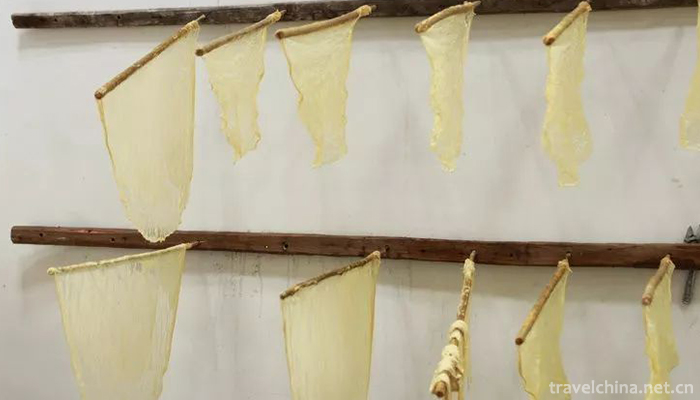
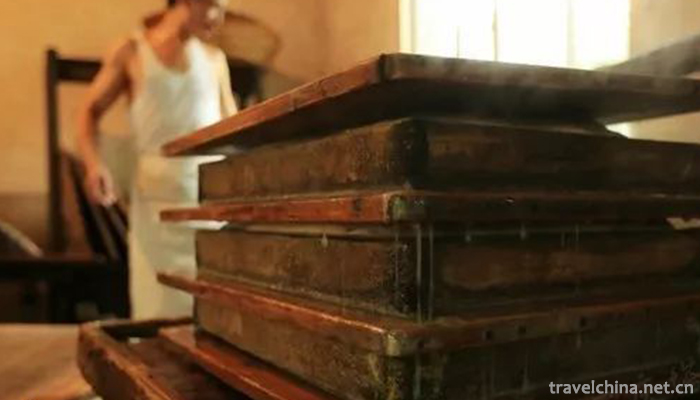
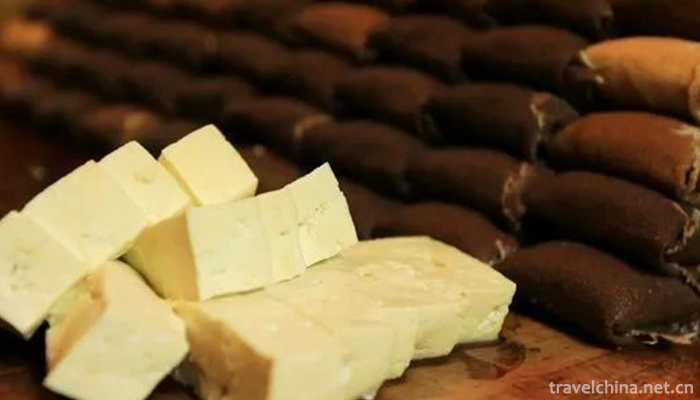
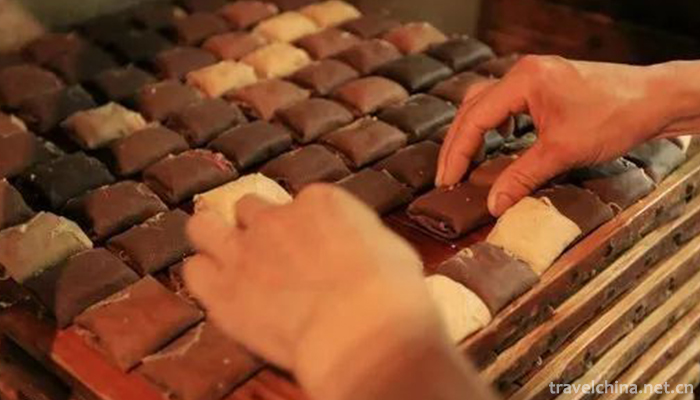
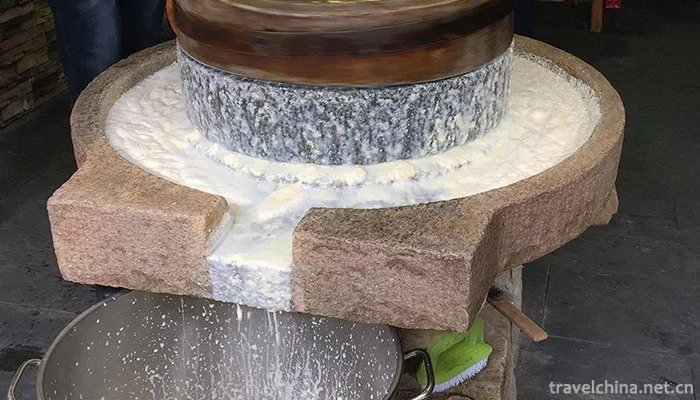
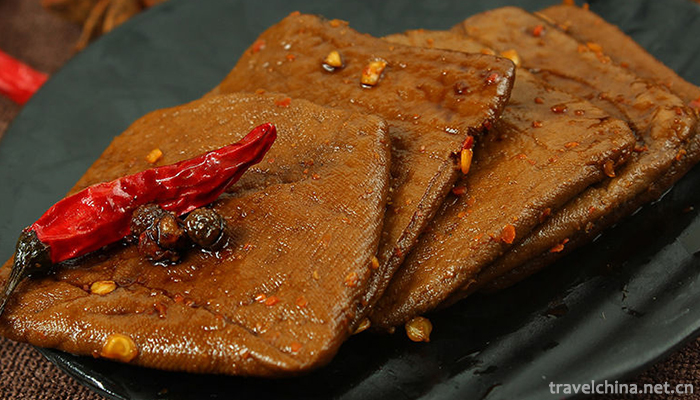
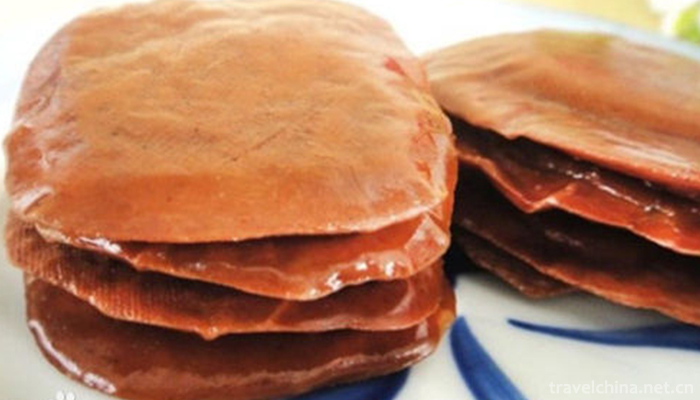
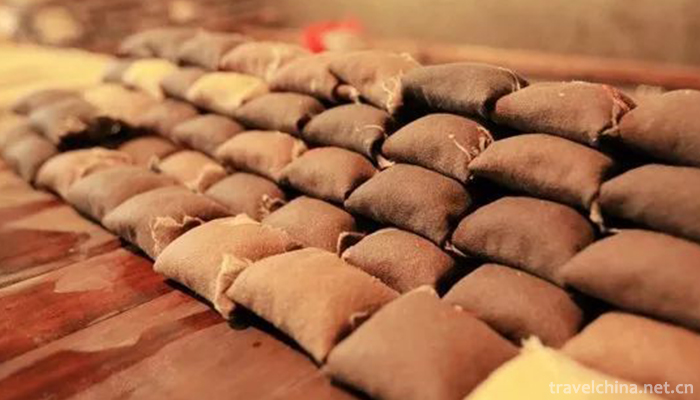
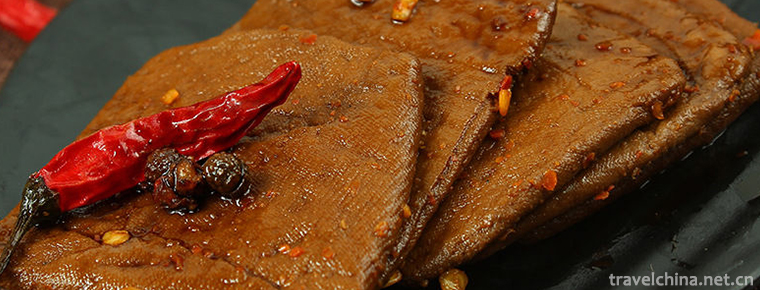
-
1.Lijiang River
The Lijiang River, a branch of the upper reaches of the Guijiang River
Time 2018-10-12 -
2.The Huaming Tower Scenic Area
Huaming Tower Tourist Area: National AAAAA Tourist Area, National Key Cultural Relics Protection Unit, National Patriotic Education Base.
Time 2018-12-12 -
3.Diaoyutai State Guest House
Diaoyutai State Guest House is an ancient imperial garden and modern State Guest House complex located on the east side of Yuyuantan (39 55'N 116 19'E) in Haidian District, Beijing, China
Time 2018-12-13 -
4.Vinegar garden in East Lake
Donghu Vinegar Garden is located at No. 26 Madaobo between Dongshan Expressway and Jianbei Road in Taiyuan City. It covers an area of more than 20,000 square meters. Shanxi is most famous
Time 2018-12-20 -
5.Bigan Temple
Bigan Temple, located in Weihui, Henan Province, is one of the most important temple-tomb complex. It is the first temple in China with tomb-worshippers, known as "the first temple in the world&a
Time 2019-01-02 -
6.Daweishan National Forest Park
Dawei Mountain is located in the boundary between Hunan and Jiangxi Province, the hinterland of Lianyun Mountains, the East is Tonggu County under the jurisdiction of Yichun City, Jiangxi Province
Time 2019-01-07 -
7.Tianta Lake Scenic Area
Tianta Lake Scenic Spot is located in the south of Tianjin City, close to the water park scenic spot, is the main attraction of Tianjin Radio and Television Tower. Tianta is the Tianjin Radio and Tele
Time 2019-02-21 -
8.Mongolian Humai
Humai, also known as laryngeal singing, double singing, multi-voice singing or Haolinchao, is a singing method of many ethnic groups around Altai Mountains, not unique to the Mongolian people.
Time 2019-06-03 -
9.The technical skill of penjing
Bonsai art refers to the Soviet bonsai art, which originated in the Tang Dynasty, flourished in the Ming Dynasty, matured in the Qing Dynasty, and developed in modern times. Since the 1980s, Suzhou Bo
Time 2019-06-09 -
10.Salt drying Techniques
Salt-drying process is a special kind of handicraft technology. Its existing form is different from the general intangible culture. Its products are closely related to people's daily life and industri
Time 2019-06-13 -
11.Xunyang Folk Song
Xunyang Folk Song is one of the local folk songs in Xunyang County, Ankang City, Shaanxi Province. It has a long history, rich melodies, various types and different styles. Like other folk art forms,
Time 2019-07-09 -
12.Xichang College
Xichang College is located in Liangshan Yi Autonomous Prefecture, Sichuan Province, which is the largest Yi inhabited area in the country "spanning thousands of years step by step". It is a
Time 2019-08-31